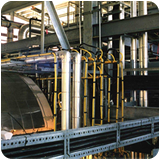
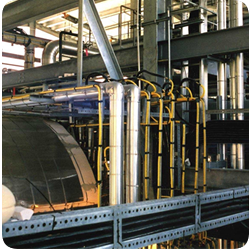
Much has been written about steam- and electrical-heat-tracing and
which one of the two is "better" than the other.
Truth is: each has its own place. Knowing which to use and when should actually be the ultimate discussion.
Below are our 5 criteria for consideration. Feel free to take part in the discussion by leaving your comments below.
Trace Heating
Trace heating plays a critical role in the reliable operation of storage tanks, vessels and pipelines in industry.
Maintaining fluids and gasses at elevated temperatures reduces viscosity (easy to pump), enhances combustion (fuel lines), prevents freezing or crystallisation and prevents growth of bacteria.
Process temperatures
The amount of energy (heat) required to maintain the desired temperatures will influence the tracing method to be used.
A tracing method consisting of hot water is often used in the food industry where relatively low temperatures are desirable.
Hot oils are sometimes used in chemical processing especially when high temperatures are required.
For the majority of applications, however, the choice lies between steam tracing and Due to the relatively high temperature of steam it does not readily lend itself for tracing of temperature-sensitive products below 100°C. This requires spacers or specially designed tracer pipes ("SafeTrace") to prevent hot spots, adding to the complexity and cost of installation. | 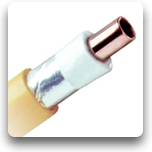 |
Available energy
In some applications combustible waste is generated during processing, which can be used cost effectively to provide steam.
In Africa there are many remote locations with inadequate electricity supply. In South Africa specifically, Eskom is facing capacity constraints, forcing industry to reduce electricity consumption.
There are thus compelling reasons for using steam tracing in such areas.
In most cases the steam is supplied at low pressures and is transmitted to pipelines, valves, and pumps through stainless or copper tubing.
In some instances, extremely high heat flow is required, and this can be accomplished with the use of jacketed piping (which is expensive & cumbersome) or simply by applying heat transfer compound. In all cases, condensate produced in the tracers needs to be removed at strategic locations using steam traps. The condensate can then be returned to the boiler to achieve further savings in energy, water, and water treatment. | 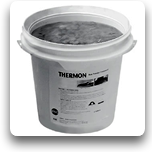 |
Having said this, many of the steam plants in and around South Africa are outdated, very energy inefficient and in a poor state. Energy is lost through the poor condition of lagging, leaks and poor heat transfer on tracers.
Opportunities exist: new steam tracing design solutions have emerged which significantly improve efficiency; provide more consistent, predictable results; and reduce initial capital and maintenance costs.
Installation and capital cost
Installation of steam tracing is costly and time consuming. Tracer pipes are difficult to bend into shape and install. Manifolds, condensation traps and valves significantly add to installation time and capital cost.
Electrical heat tracing cable is more flexible, easy to fit and less capital intensive.
 |  |
Maintenance
Steam tracing requires considerable maintenance of condensation traps, leaking fittings and manifolds.
Electrical heat tracing in contrast is virtually maintenance-free.
Safety
Many facilities, especially refineries and chemical plants, operate under flammable or explosive atmospheric conditions.
Under these circumstances, all equipment must meet strict explosion proof requirements.
Steam is intrinsically safer.
However, it also presents a greater risk to personnel, in the case of a steam tracer leak.
The safety aspect alone could in many cases be the deciding factor for choosing steam tracing over electrical tracing.
Conclusion
The user or system designer would need to perform an analysis of the application's requirements and select the tracing method with characteristics most suitable to provide safe and reliable trace heating.


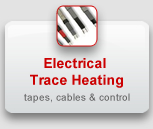
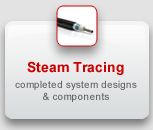
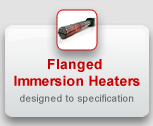



Add your comment